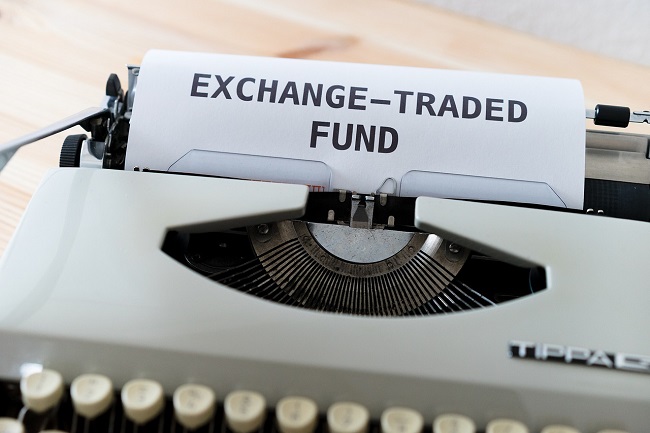
This article was first published in the National Post on November 20, 2021. It is being republished with permission.
by Tom Bradley
A magazine recently hit my desk with a bold, shiny statement on the cover: The Next Big Thing in ETFs. There have been so many “big things” in the land of exchange-traded funds that I had to wonder what it could be. The landscape is littered with exciting innovations that turned out to be little things and have since been completely forgotten.
In no particular order, the industry has touted low vol, smart beta, covered calls, inverse (bear market), equal weighted, levered, target dated, liquid alts, laddered bonds, infrastructure, preferred shares, dividend growers, Cathie Wood, environmental, social and corporate governance (ESG), and a variety of funds based on commodities, industry sectors and countries. Investors can use ETFs to target natural gas, cybersecurity, biotech, block chain, gold and a long list of others.
A few of these themes have had a lasting impact, particularly the ones that offer a healthy yield (dividends, preferred shares and covered calls), replicate investment styles (growth, value, momentum and quality) or offer a one-stop balanced solution.
For all the hype and media attention, however, the growth of the Canadian ETF market has been underwhelming.
We certainly have a variety of funds — 1,150 compared to 2,600 in the United States — but the asset base is still relatively small. Our ETF complex totals $320 billion, which is one 25th the size of the U.S. market (US$6.6 trillion). Many Canadian funds are small and don’t trade well; 40% have less than $25 million in assets.
Specialized ETFs can be useful in complementing a diversified portfolio, but require more analysis, knowledge and trading savvy. Some are expensive and/or do a poor job of replicating the factor they’re built on. They can also be hazardous to an investor’s health.
John Bogle, the father of indexing and founder of the Vanguard Group Inc., once said: “As the splinters get thinner, they grow sharper, and the odds of folks hurting themselves with these pointed objects now approach 100%.”
What Bogle was concerned about could happen in Canada. Investors are encouraged to actively trade and chase whatever is hot at the time. Often, fund launches come after the featured market trend is well established, which means investors are late to the party.
The most important ETF trend over the past decade is one that has garnered few headlines. ETFs are solving a problem the retail brokerage industry refuses to come to grips with, namely, efficient and transparent access to bonds. Fixed-income funds now account for 30% of ETF assets in Canada.
Previously, bond mutual funds were expensive and little differentiated from the index. Buying individual bonds was equally unsatisfactory. Investors were beholden to their broker as there was zero transparency around fees. The result was that many investors got fleeced.
Bond ETFs are simpler, cheaper and, importantly, diversified. Indeed, they exemplify the only free lunch in investing: that is, holders get exposure to a variety of issuers with no loss of yield. Diversification is key to achieving a steady income stream while preserving capital.
All the trend chasing and new funds obscure what ETFs are really good at: providing simple, low-cost, broad market exposure. This is where ETFs began and where they still excel. Investors can replicate the return of the S&P/TSX composite index and the S&P 500 for a fee of less than one tenth of one per cent. Maybe it’s not the next big thing, but it’s a lasting big thing.
Oh, if you’re wondering what innovations were featured in that magazine article, they were funds focused on emerging technologies such as cryptocurrency, clean energy and space travel. Ho hum.
We're not a bank.
Which means we don't have to communicate like one (phew!). Sign up for our blog to get the straight goods on investing.

